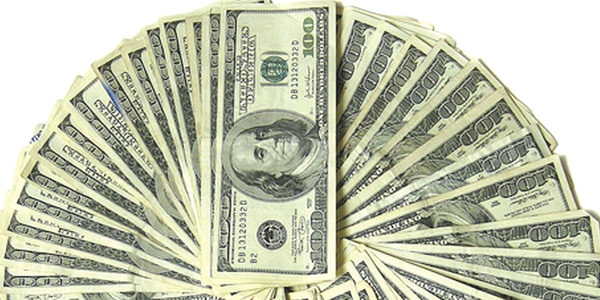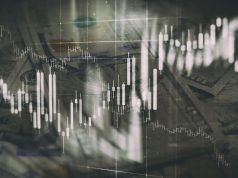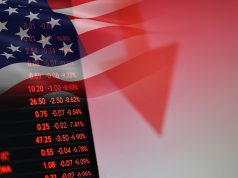The U.S. dollar index ended February with small gain after staying in consolidation mode during the second month of the year as investors are still not sure about the timing of the Federal Reserve’s next interest-rate increase move.
The ICE dollar index, a measure of the dollar’s strength against a trade-weighted basket of six rival currencies, moved to 95.256, higher as compared to a level of 95.150 in North American trade late Thursday and close to a level not seen since 2003. The increase caused a decline in dollar-denominated crude-oil futures Thursday, making oil less attractive for buyers in other currencies.
In February, the index gained 0.4%, marking the 8th month of rally but was the smallest gain since June, according to Bloomberg. The dollar remained under pressure over much of 2014 into January, climbing on hopes the Fed is going to make money tight by raising short-term interest rates as central banks across other parts of the world, notably the European Central Bank and Bank of Japan, chase ultraloose monetary policy measures. With last month’s rise, the index is now up 5.5% since Dec. 31.
The dollar gained some ground as a downward revision to fourth-quarter U.S. gross domestic product data was below expectations. The Commerce Department recorded growth at an annual rate of 2.2 percent, below the initial estimate of 2.6 percent but above estimates for a revision to 2%.
The dollar climbed higher on Thursday after the U.S. consumer-price index excluding excluding food and energy costs rose more than expected, while a drop in the headline inflation figure lifted real wage growth, strengthening the Fed’s view that the jobs market is on the rise, said Marshall Gittler, strategist at IronFX in London.
Federal Reserve Chairwoman Janet Yellen last week warned that no significant pickup in wage growth has been seen and that inflation has not reached the Fed’s long-term goal, noted Jane Foley, currency strategist at Rabobank.
“The market was expecting something else from Yellen, but she basically played her greatest hits: she was saying nothing new,” Alfonso Esparza, senior currency analyst in Toronto at Oanda Corp., said by phone. “That takes us into next week, where nonfarm payrolls are going to be massive, and giving some direction in terms of the rally.”
The euro showed nearly no change at $1.1197, trading near its level in late North American trade on Thursday.
The greenback was at ¥119.63, higher from ¥119.49 late Thursday in New York.
Meanwhile, the Turkish lira was on a tear, declining to an all-time low against the dollar on signals its government is expected to change the central bank’s mandate.
If holds true, it could be “potentially devastating” to Turkey’s growth and investment outlook, “and will likely expose the country to severe investor confidence shocks,” said Phoenix Kalen, analyst at Société Générale, in a note. The government there was also on track to appoint new external members to the bank, she said.
The lira recently traded at 2.5087 versus the U.S. currency after hitting 2.5248 per dollar in the prior session, moving below the record low that was set on Feb. 11, according to The Wall Street Journal.










